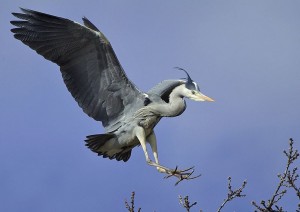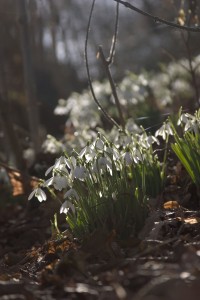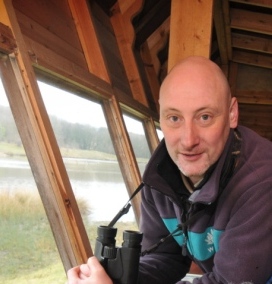Wildlife reserve update

The grey heron colony has begun its annual return to Wader Lake, with 12 birds spotted showing nesting behaviour in the heron hedge during the first week of February.
These majestic waders typically fledge chicks by May, then will disperse along the river corridors of the Tyne, Wear and Tees for the remainder of the year, before coming back to breed each January.
Numbers can reach 25+ pairs, making the colony one of the largest in the UK. In fact, in 2012, Countryfile magazine told its readers that WWT Washington is one of five ‘great places’ to see a heron colony ‘in action’.

With the wet and mild winter weather, snowdrops have been in full flower across site in recent days and the yellow hazel catkins have been casting some colour amongst the deciduous woodland edges.
Hawthorn Wood wild bird feeding station is extremely busy with bird life and the daily food supply of peanuts , sunflower seed, niger seed and bird cake has attracted scores of siskin, bullfinch and long-tailed tit; as well as other woodland birds including treecreeper, great-spotted woodpecker and a pair of goldcrest.
The first oystercatchers are starting to make their way back inland from the coast, with a pair seen roosting on the river jetty on 1 February, and also increasing in numbers on site are shelduck, with between 20 and 30 birds being regularly noted.

On 4 February, visible migration was taking place in the sky above WWT Washington, with 1,450 wood pigeon passing over site. As well as this impressive number of birds, a common buzzard was noted flying over and – saving the best until last – three crossbill were noted in Middle Wood during the site clearance.
By wildlife reserve manager John Gowland.



